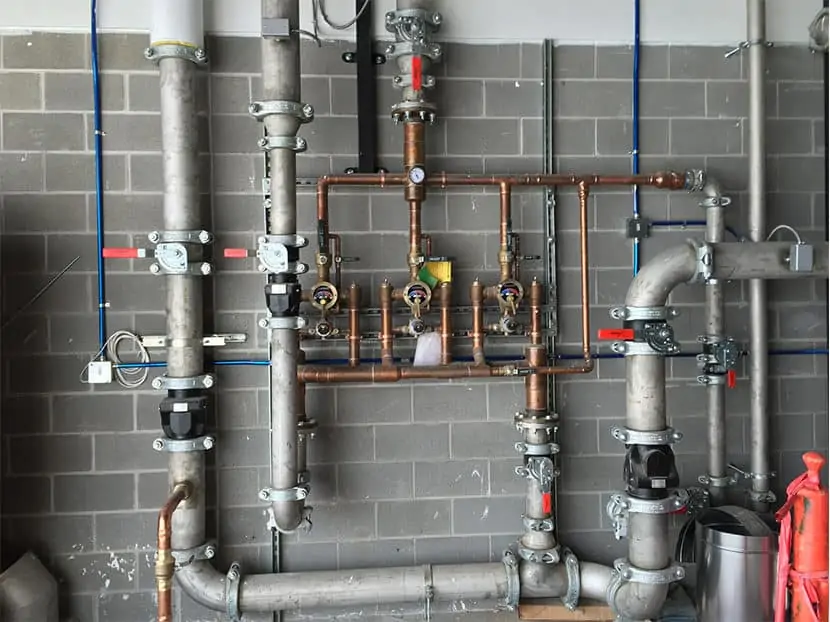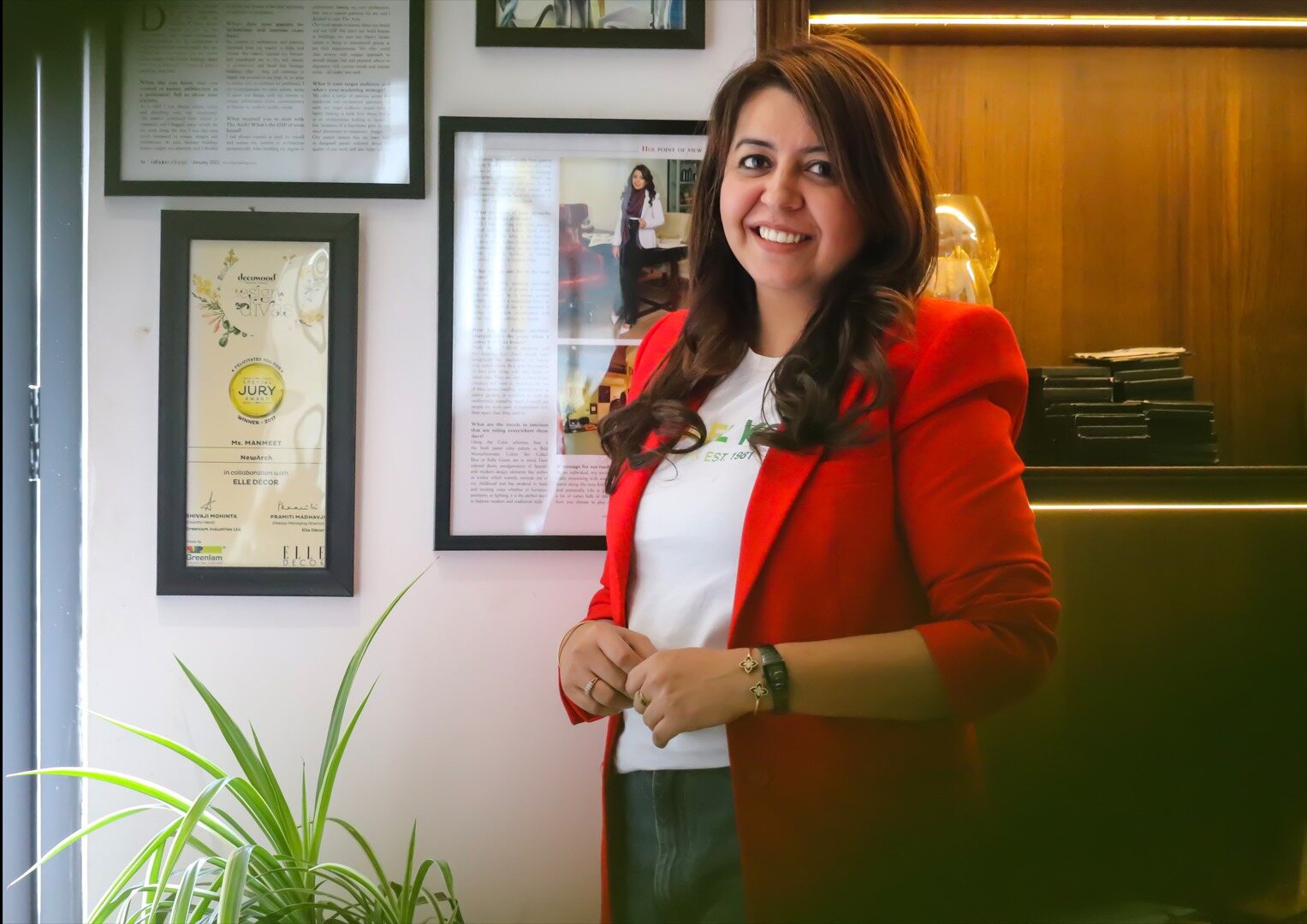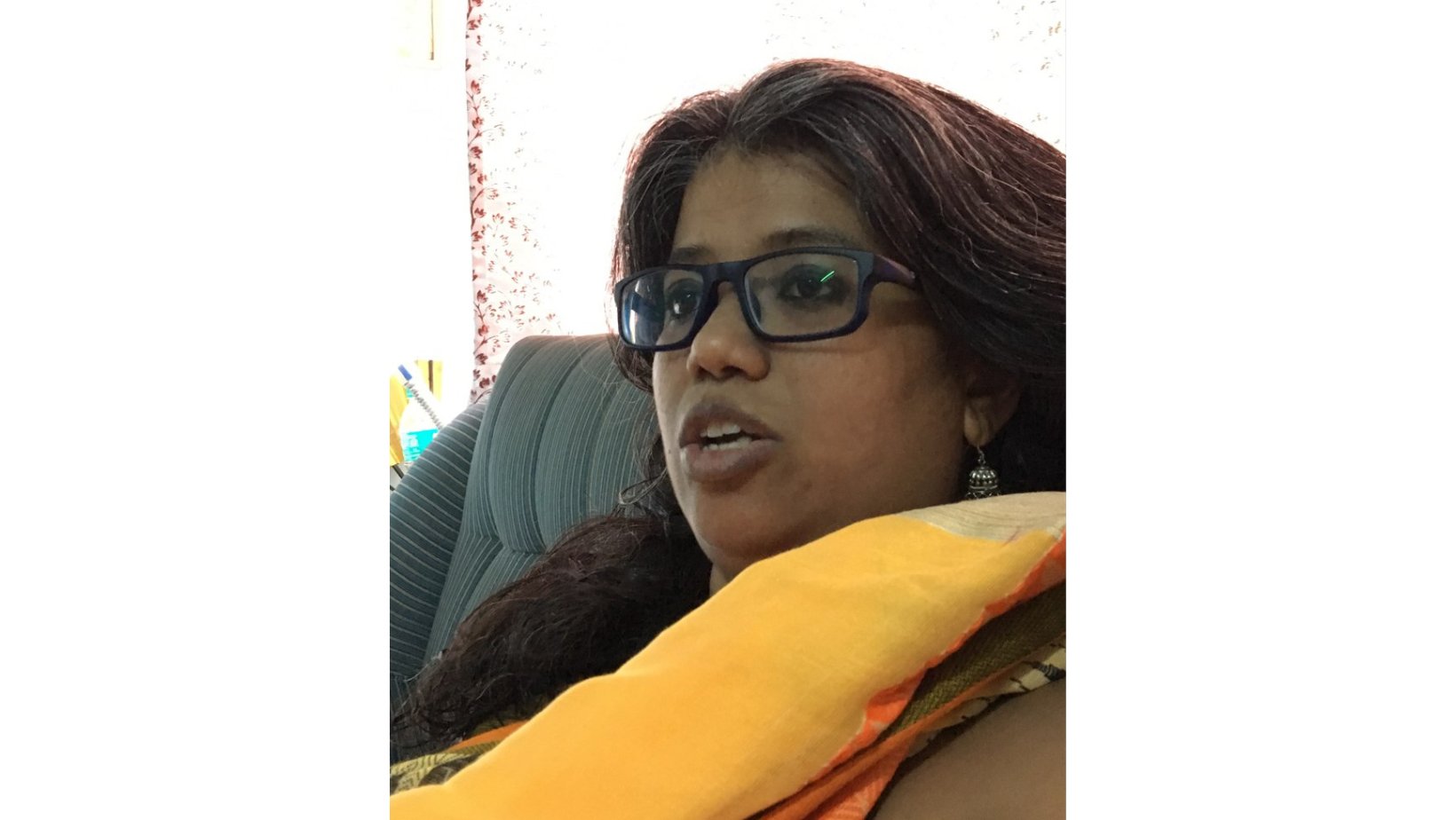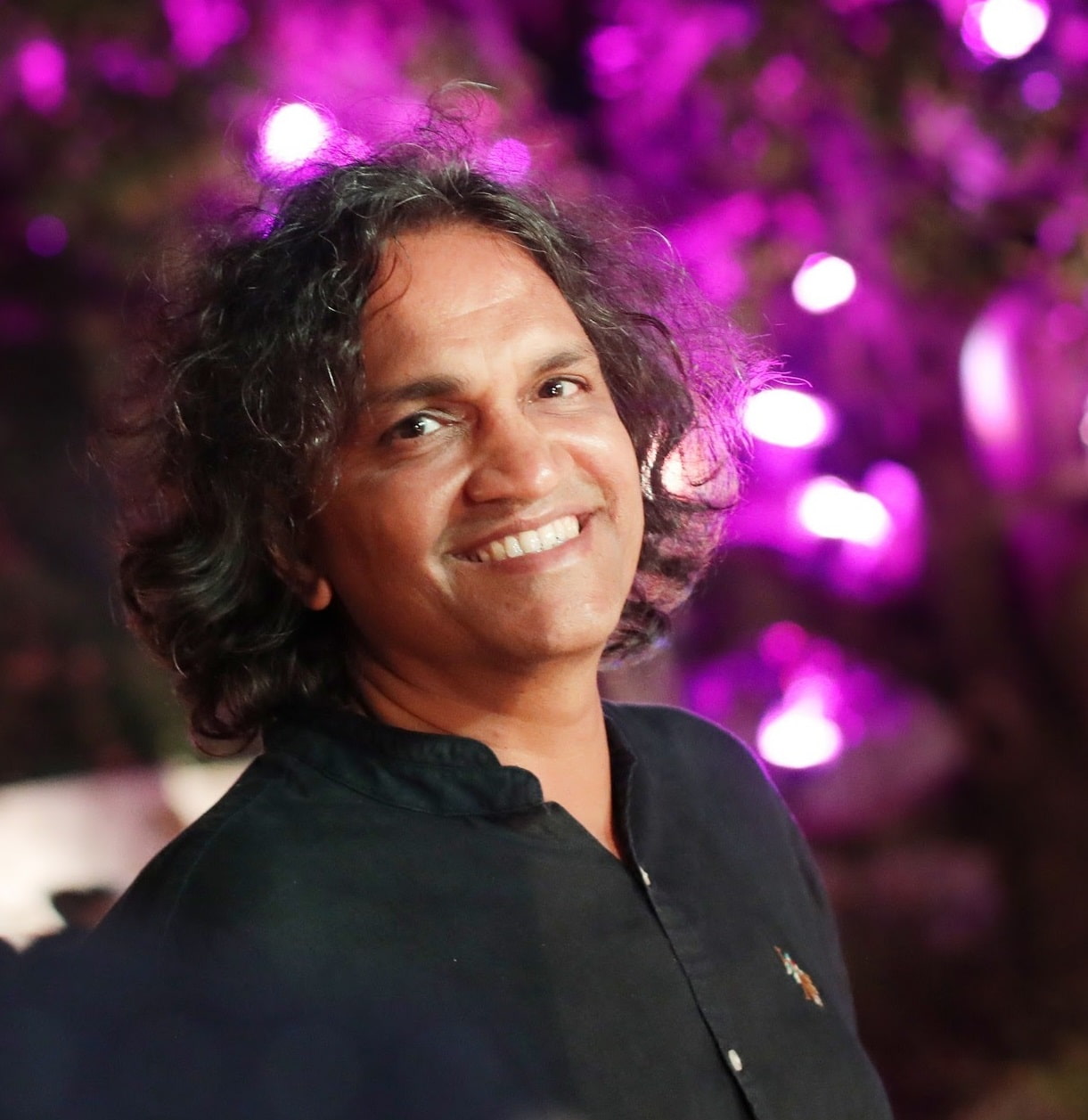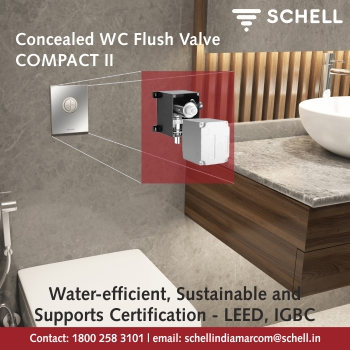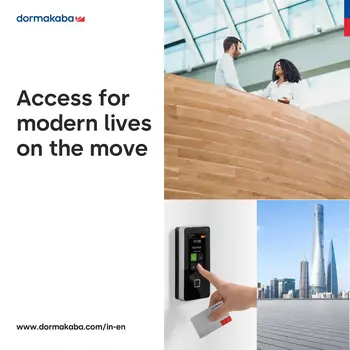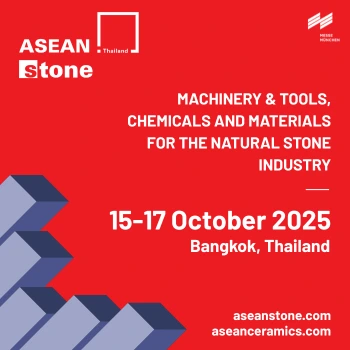Plumbing work – the background
We live and work in an integrated and interdependent world. Interestingly, this is also being increasingly reflected in quality construction and building management environments. And plumbing is an important department within this ecosystem. In this article, we look at the products, suppliers, project challenges, and some ways in which suppliers can better address the concerns of a Plumbing Consultant.

The availability of quality plumbing products
The plumbing industry in India has access to practically every product required for any degree of sophistication. This was not the case until less than a decade back.
Today, the Indian market is flooded with a wide variety of sanitary fittings and CP fittings. The piping industry, with new-age plastics like CPVC pipe and composite pipe, in addition to metal piping, is ready to address every need for fluid transmission. Sophisticated pumps to deliver water to suit any pressure and flow conditions are easily available in the market.
On the plumbing ecosystem part, the engineering to harness all these products to suit any complex requirement is also available through the plethora of plumbing codes published by the Indian Plumbing Association (IPA). These, along with the National Building Code (NBC), address every aspect of plumbing design. In short, there is no last mile connectivity problem for an adequately informed Plumbing Consultant/Engineer.
The challenges in plumbing work
The first challenge
The first challenge, therefore, is arriving at an understanding of the client’s requirements. The Architect and Plumbing Consultant should be working in tandem to capture this first challenge point.
The second challenge
Once there is clarity on the deliverables, the second challenge area is to ensure the resolution of any conflict between the plumbing installation and the building structure. Close coordination between the Architect, Structural Engineer along with other building services is critical.
At this level, the focus should be to ensure the ease of installation with minimal re-work on the structure. It will also ensure that post-installation, the requirements for easy access and maintenance are taken care of. Such parameters become more important for bigger buildings and for the ones with busy usage patterns. While plumbing engineering remains basically the same for any building, the requirement for adequate space for plant rooms, sewage treatment, water treatment etc. for hospitals or hotels are far greater than that for a villa.
The third challenge
The third challenge would be to present a design that optimizes water and power consumption. In most project sites, water availability is a critical issue. Moreover, not all locations are blessed with a water supply guaranteed by the state. The challenge of sourcing potable water is difficult even in a water-rich state like Kerala. Therefore it is crucial that we:
- Reduce water consumption by taking guidance from an authoritative technical publication like WEP-I of IPA
- Harness rainwater
- Re-use treated effluent
- Special focus also has to be given to ensure that the drainage is treated efficiently and adequately to permit re-use unless a municipal sewage drain exists. On-site treatment is necessary unless a municipal sewage drain exists for connection.
Once the design parameters are frozen and detailed engineering completed, the test will be to source an adequately skilled workforce to execute the works. It is a matter of disappointment for Plumbing Contractors that the initiatives to skill and upskill the workforce have not yielded anything noteworthy. The plumbers with whom we work, are even to date those produced by the age-old Adhoc ‘gurukul’ system.
Irrespective of the size and complexity of the project, meticulous planning, adherence to design, and time schedules are non-negotiable. This is possibly where domestic projects suffer in comparison. Moreover, an ad-hoc approach is a bane in most projects.
Identifying and selecting suppliers for plumbing work
Every building project is different. Hence, the Plumbing Consultant’s requirements and supplier brief changes with every project. Most projects work on a list of approved suppliers. Additionally, the criteria for shortlisting the suppliers are based on the products:
- Being technically compliant
- Backing by efficient after-sales service
- Having the availability of spare parts.
- Possessing requisite aesthetics – as in the case of sanitary fittings and CP fittings
- Being cost-effective
- Having easy availability
The Indian Plumbing Association (IPA) publishes a directory of important players in the Indian plumbing market. Internet research will also reveal some good information. Moreover, networking among professionals in the trade is another rich source.
Click to read: Hansgrohe unveils AXOR faucets and bathroom accessories collection for 2021
A Plumbing Consultants’ check-list for suppliers
Suppliers need to appreciate the fact that a Plumbing Consultant is looking at a ‘solution’ rather than just a ‘product’. What this means is that the ‘products’ being proposed for a project should have the ‘right-fit for the project in consideration. This spans over specifications, installation, and after-sales (servicing) scenarios. The following check-list should be useful for suppliers:
- Adequately trained marketing/technical people to understand the increasingly sophisticated products they sell.
- It remains imperative that the clients receive an unambiguous explanation of the conditions under which a product will function efficiently. If not, clients get saddled with products that malfunction or are unsuitable for various reasons.
- Lack of support in providing detailed installation guidelines, checklists of do’s and don’ts for technically complex products.
- An inadequate or negligent after-sales service. Most product manufacturers these days rely on a computerized system to register product complaints. Hence, the glitches in these systems drive installers up the wall, especially during critical commissioning stages.
In conclusion, we can say that plumbing, like the other elements in building services, is an important subject area. It has the potential to lift-up a project. At the same time, it is potent enough to ruin that very project. The Architect, Plumbing Consultant, Suppliers, and Client need to be on the same page to tilt the scale towards the former scenario!
(The author – Mr.P.Ramachandran is the Managing Director, GR Tech Services Pvt. Ltd. Reach him on- [email protected])


